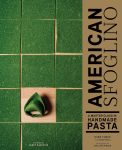
American Sfoglino: A Master Class in Review pasta cookbook Guide – Oemiu
American Sfoglino: A Master Class in Handmade Pasta – A Detailed Review
Handmade pasta. The very words evoke images of sun-drenched Italian kitchens, flour-dusted surfaces, and the rhythmic dance of hands transforming simple ingredients into culinary masterpieces. But is this artistry reserved solely for seasoned professionals? Or can the home cook, armed with the right knowledge and a dash of determination, unlock the secrets of perfectly crafted pasta? That’s the promise offered by “American Sfoglino: A Master Class in Handmade Pasta” by Evan Funke, with Katie Parla. This isn’t just a collection of recipes; it’s an immersive journey into the world of *sfoglia*, the art of rolling pasta by hand, taught by a passionate artisan. Let’s delve into what makes this pasta cookbook a standout, examining its strengths, weaknesses, and whether it truly delivers on its ambition to empower aspiring pasta makers.
Unveiling the Secrets of Sfoglia: More Than Just a Recipe Book
“American Sfoglino” distinguishes itself from other pasta cookbooks by its focus on technique. It doesn’t simply present recipes; it meticulously breaks down the fundamental principles of making *sfoglia*. Evan Funke, known for his rigorous approach and dedication to tradition, acts as a patient and knowledgeable guide. The book opens with an exploration of the core ingredients: flour, eggs, and water. Funke doesn’t just tell you *what* to use; he explains *why* specific types of flour are preferred for different pasta shapes, detailing the gluten content and its impact on the final texture. The book emphasizes the importance of quality ingredients, advocating for fresh, locally sourced eggs whenever possible and explaining the nuanced differences between 00 flour and semola. This in-depth understanding of the foundational elements is what elevates the book beyond a mere compilation of recipes. It’s a master class in understanding the science and art behind pasta making. He details the proper tools, emphasizing that while expensive pasta machines have their place, the true *sfoglino* masters the art with nothing more than a rolling pin – *il mattarello* – and their own two hands. He meticulously describes the proper way to hold and maneuver the rolling pin to achieve the desired thickness and evenness, guiding the reader through the subtle movements that separate a good *sfoglia* from a great one. The photography throughout this section is invaluable, showcasing the ideal consistency of the dough at each stage and demonstrating the correct hand positions. This visual guidance is particularly helpful for beginners who may struggle to grasp the nuances of the technique through text alone. While the initial learning curve might seem steep, Funke’s methodical approach and clear explanations instill confidence and encourage persistence. This section of the book is really useful if you are looking for a comprehensive introduction to sfoglia, or a good basic pasta cookbook.
A Journey Through Regional Pasta Shapes: From Classic to Complex
The heart of “American Sfoglino” lies in its extensive collection of pasta recipes, meticulously organized by region and dough type. From the familiar spaghetti and tagliatelle of Emilia-Romagna to the more obscure and intricate shapes of southern Italy, the book offers a comprehensive tour of the Italian pasta landscape. Each recipe is accompanied by detailed instructions, including specific measurements, rolling techniques, and cooking times. But the book goes beyond simply listing ingredients and steps; it delves into the history and cultural significance of each pasta shape, providing context and enriching the reader’s understanding of the Italian culinary heritage. For instance, the entry on *cappelletti* explains the traditional methods for shaping the little hats of pasta, as well as the stories and variations associated with them. The book doesn’t shy away from complex shapes, challenging the reader to master intricate techniques like *garganelli* or *malloreddus*. However, even these more challenging recipes are presented with clear and concise instructions, breaking down the process into manageable steps. The section on sauces is equally impressive, offering a wide range of classic and contemporary pairings to complement the various pasta shapes. From simple tomato sauces to rich ragus and pesto, the book provides a comprehensive guide to creating perfect pasta dishes. The emphasis is on fresh, seasonal ingredients and traditional techniques, ensuring that the sauces are as authentic and flavorful as the pasta itself. The inclusion of regional variations for both pasta shapes and sauces adds depth and complexity to the book, allowing the reader to explore the diverse culinary traditions of Italy. The author also gives tips on ingredient selection within the book, making it a valuable pasta cookbook resource.
Beyond the Dough: Tools, Techniques, and Troubleshooting
“American Sfoglino” doesn’t just teach you how to make pasta; it equips you with the knowledge and skills to become a confident and resourceful pasta maker. A dedicated section of the book focuses on essential tools and equipment, from the *mattarello* to pasta cutters and drying racks. The book provides detailed guidance on selecting the right tools, maintaining them, and using them effectively. The emphasis is on simplicity and affordability, encouraging readers to start with basic tools and gradually expand their collection as their skills develop. In addition to tools, the book delves into various techniques that are essential for successful pasta making, such as kneading, resting, and shaping the dough. Funke explains the importance of each step and provides tips on how to troubleshoot common problems, such as dry or sticky dough. The book also includes a comprehensive glossary of pasta terms, ensuring that readers understand the terminology used throughout the book. This attention to detail is what sets “American Sfoglino” apart from other pasta cookbooks. It’s not just about following recipes; it’s about understanding the underlying principles of pasta making and developing the skills to create perfect pasta every time. One of the most valuable features of the book is its troubleshooting guide, which addresses common problems such as dough that is too dry, too wet, or difficult to roll. Funke provides specific solutions for each problem, empowering readers to overcome challenges and improve their pasta-making skills. He also emphasizes the importance of experimentation and encourages readers to adapt the recipes and techniques to their own preferences. The recipes are a useful element of the pasta cookbook and are worth testing out for yourself.
Comparing “American Sfoglino” to Other Pasta Cookbooks
The world of pasta cookbooks is vast and varied, ranging from simple collections of recipes to in-depth guides on specific techniques and regional cuisines. How does “American Sfoglino” stack up against the competition? One of its key strengths is its focus on *sfoglia*, a technique that is often overlooked in other pasta cookbooks. While many books offer recipes for pasta made with a machine, “American Sfoglino” emphasizes the beauty and artistry of rolling pasta by hand. This makes it a particularly valuable resource for those who are interested in learning this traditional technique. Another distinguishing feature of the book is its emphasis on regional Italian cuisine. While many pasta cookbooks focus on popular dishes from across Italy, “American Sfoglino” delves into the specific traditions and ingredients of different regions, providing a more nuanced and authentic culinary experience. The book also stands out for its comprehensive and detailed instructions. Funke’s methodical approach and clear explanations make even the most complex techniques accessible to home cooks. The book also includes a wealth of information on ingredients, tools, and troubleshooting, making it a valuable resource for both beginners and experienced pasta makers. However, “American Sfoglino” is not without its limitations. Its focus on *sfoglia* may deter some readers who are primarily interested in making pasta with a machine. The book also assumes a certain level of knowledge and skill, which may make it challenging for complete beginners. Furthermore, the book’s emphasis on authentic Italian cuisine may not appeal to those who are looking for more innovative or fusion-style pasta dishes. Ultimately, the value of “American Sfoglino” depends on the reader’s individual needs and preferences. However, for those who are interested in learning the art of *sfoglia* and exploring the regional cuisines of Italy, it is an invaluable resource.
| Feature | American Sfoglino | Other Pasta Cookbooks (General) |
|---|---|---|
| Focus | Handmade *Sfoglia* | Machine and Handmade Pasta |
| Regional Emphasis | Specific Italian Regions | General Italian Dishes |
| Technique Detail | Highly Detailed, Step-by-Step | Varied, Often Less Detailed |
| Ingredient Focus | High-Quality, Regional Ingredients | Generally Good Quality Ingredients |
| Difficulty Level | Intermediate to Advanced | Beginner to Intermediate |
Is “American Sfoglino” Right for You?
Deciding whether “American Sfoglino” is a worthwhile addition to your cookbook collection hinges on your individual cooking aspirations and current skill level. If you’re a complete novice with pasta making, intimidated by the prospect of handling dough, this book might present a steep initial learning curve. While Funke’s instructions are thorough, they demand patience and a willingness to experiment, potentially encountering frustrations along the way. However, if you possess a genuine interest in mastering the art of *sfoglia*, hand-rolled pasta, and immersing yourself in the nuances of regional Italian cuisine, this book is an invaluable resource. It serves as a comprehensive guide, offering not only recipes but also a deep understanding of the techniques, ingredients, and cultural context behind each dish. Moreover, if you’re a seasoned home cook seeking to elevate your pasta-making game, “American Sfoglino” provides a wealth of advanced techniques and intricate recipes that will challenge and inspire you. The book’s focus on high-quality ingredients and traditional methods ensures that you’ll be creating authentic, flavorful pasta dishes that rival those found in the best Italian restaurants. Consider your goals. Are you seeking quick weeknight pasta meals or are you ready for a culinary adventure? A good pasta cookbook should align to your needs. Ultimately, “American Sfoglino” is not just a cookbook; it’s a journey into the heart of Italian pasta making. It demands dedication and practice, but the rewards are immeasurable: the satisfaction of creating perfect pasta from scratch and the ability to share authentic, flavorful dishes with family and friends. The knowledge gained here can open the door to a wide range of other applications as well, and make you a better overall cook.
Frequently Asked Questions
What is *sfoglia* and why is it so important?
*Sfoglia* refers to the art of rolling pasta dough by hand, typically using a long rolling pin called a *mattarello*. It’s a fundamental technique in Italian pasta making, particularly in regions like Emilia-Romagna, where tradition dictates that pasta should be rolled thin and even by hand. Mastering *sfoglia* allows you to control the texture and thickness of the pasta, resulting in a superior culinary experience. Unlike machine-made pasta, hand-rolled *sfoglia* has a slightly rougher surface, which helps the sauce cling better. The process also requires a deeper connection to the ingredients and techniques, fostering a greater appreciation for the art of pasta making. The process is challenging but fulfilling, as you develop a skill that has been practiced for centuries. Many believe that hand-rolled pasta simply tastes better, and is worth the effort.
Is this book suitable for complete beginners?
While “American Sfoglino” is incredibly comprehensive, it’s best suited for cooks who have some basic experience in the kitchen. The techniques involved in making *sfoglia* can be challenging for complete beginners, requiring patience, practice, and a good understanding of dough handling. If you’re new to pasta making, it might be helpful to start with a simpler cookbook that focuses on machine-made pasta or basic hand-rolled shapes before tackling the more advanced techniques in “American Sfoglino.” However, if you’re determined to learn *sfoglia* and are willing to invest the time and effort, the book’s detailed instructions and troubleshooting tips can be invaluable, and it would still serve as a great pasta cookbook guide. Just be prepared for a learning curve and don’t get discouraged if your first attempts aren’t perfect.
What tools do I absolutely need to get started?
While fancy pasta machines and specialized tools can be helpful, the essential tools for making *sfoglia* are surprisingly simple:
- **A large wooden board:** Provides a stable and spacious surface for rolling the dough.
- **A *mattarello* (long rolling pin):** The key to rolling *sfoglia* by hand. Aim for a length of at least 36 inches.
- **A bench scraper:** Used for cutting and shaping the dough.
- **A sharp knife:** For cutting the pasta into desired shapes.
- **A drying rack:** To prevent the pasta from sticking together while drying.
You can gradually expand your collection as your skills develop, but these basic tools are sufficient to get you started. Funke also emphasizes that the most important tool is your own two hands!
How important is the quality of ingredients?
The quality of ingredients plays a crucial role in the final result of your pasta dishes. Fresh, high-quality ingredients will always yield a more flavorful and satisfying result. For flour, Funke recommends using 00 flour for its fine texture and high gluten content, which is essential for creating a smooth and elastic dough. However, you can also experiment with other types of flour, such as semola or all-purpose flour, depending on the desired texture and flavor. For eggs, use fresh, locally sourced eggs whenever possible. The yolks should be a vibrant orange color, indicating that they are rich in nutrients and flavor. Using good quality ingredients will make a big difference in the overall flavor and texture of your pasta.
Can I adapt the recipes to be gluten-free or vegan?
While “American Sfoglino” focuses primarily on traditional pasta recipes made with wheat flour and eggs, it is possible to adapt some of the recipes to be gluten-free or vegan. For gluten-free pasta, you can substitute the wheat flour with a gluten-free flour blend, such as a mix of rice flour, tapioca starch, and potato starch. However, keep in mind that gluten-free dough can be more challenging to work with, as it tends to be more crumbly and less elastic. You may need to add a binder, such as xanthan gum, to improve the dough’s texture. For vegan pasta, you can substitute the eggs with a mixture of water and olive oil or a commercially available egg replacer. However, the texture and flavor of vegan pasta will differ from traditional pasta. Experimenting with different gluten-free flour blends and egg replacers is recommended to find the best results.
How long does it take to learn *sfoglia*?
Mastering *sfoglia* is a journey that requires time, patience, and consistent practice. There is no magic formula or shortcut. The amount of time it takes to learn *sfoglia* will vary depending on your individual aptitude, dedication, and learning style. Some people may grasp the basic techniques relatively quickly, while others may require more time and effort. The key is to practice regularly, paying close attention to the details of the technique and troubleshooting any problems that arise. Don’t be afraid to experiment and adapt the techniques to your own preferences. With consistent practice and a willingness to learn, you can master *sfoglia* and create beautiful, delicious pasta dishes.
What are some common mistakes to avoid when making *sfoglia*?
Making *sfoglia* requires precision and attention to detail. Here are some common mistakes to avoid:
- **Overworking the dough:** Overworking the dough can result in tough pasta. Knead the dough just until it comes together and is smooth.
- **Using too much flour:** Using too much flour can make the dough dry and difficult to roll. Use just enough flour to prevent the dough from sticking.
- **Not resting the dough:** Resting the dough allows the gluten to relax, making it easier to roll. Rest the dough for at least 30 minutes before rolling.
- **Rolling the dough too thin too quickly:** Rolling the dough too thin too quickly can cause it to tear. Roll the dough gradually, starting with a thicker sheet and gradually thinning it out.
- **Not drying the pasta properly:** Not drying the pasta properly can cause it to stick together during cooking. Dry the pasta on a drying rack until it is firm to the touch.
By avoiding these common mistakes, you can improve your *sfoglia* making skills and create perfect pasta every time.
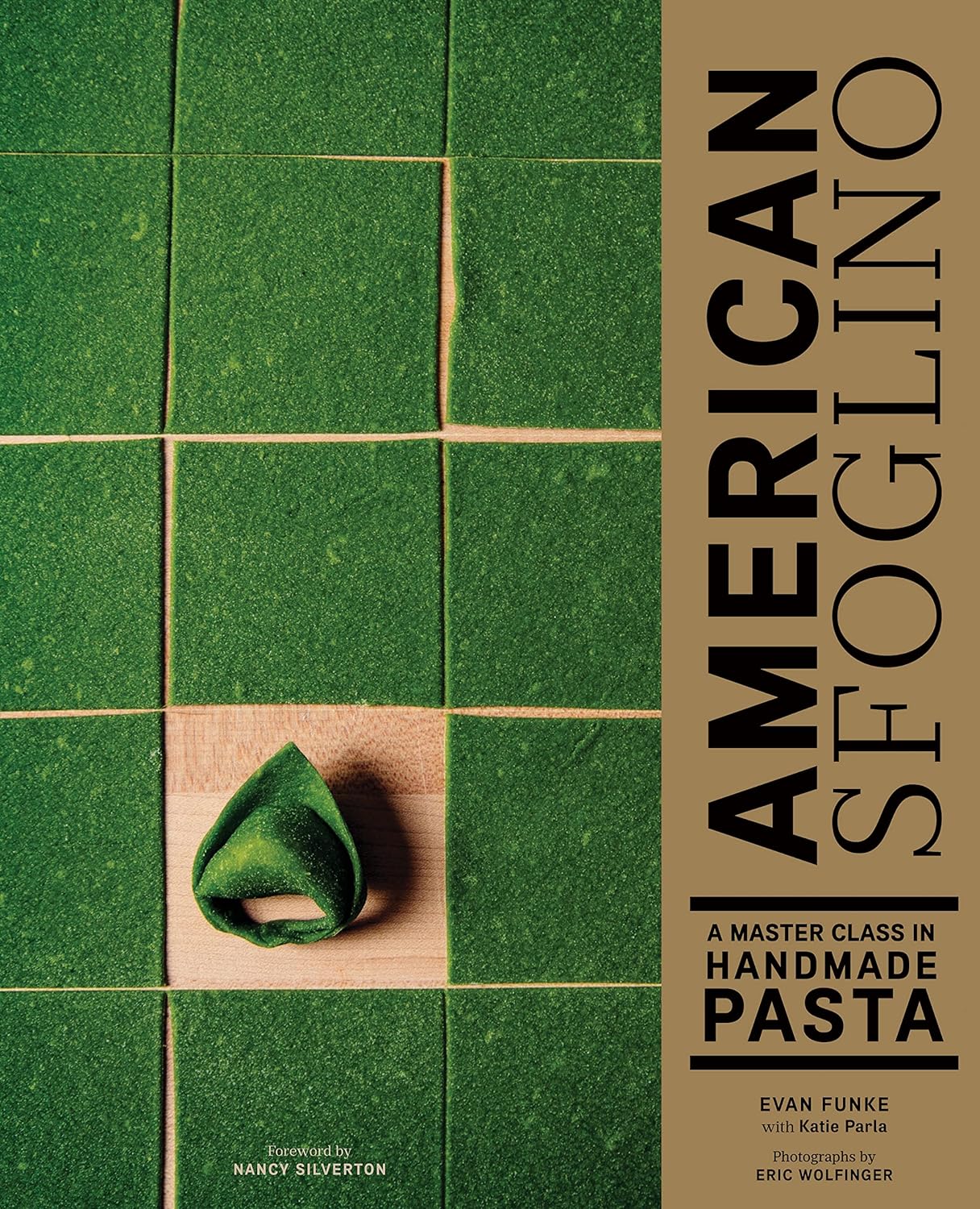
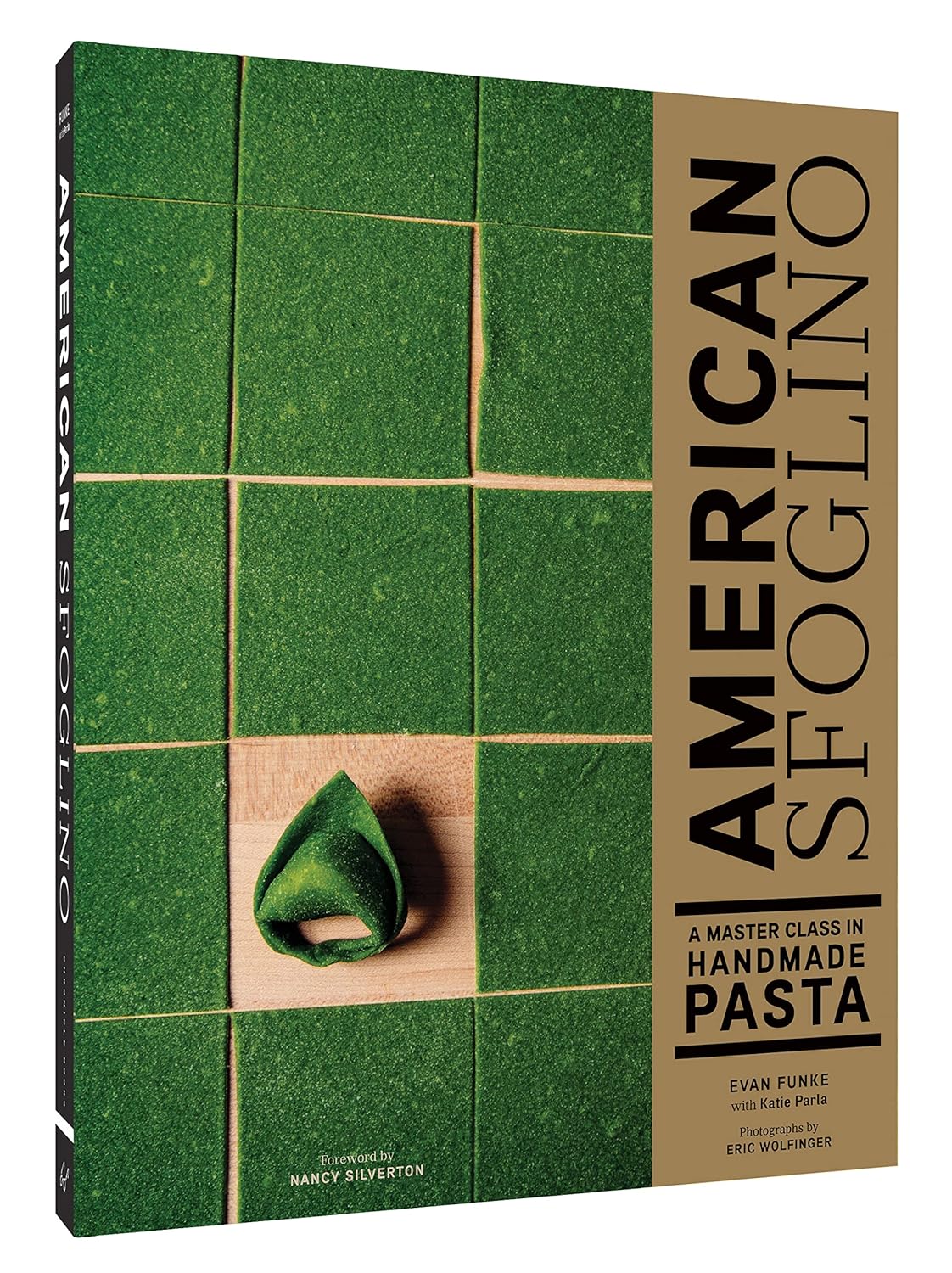
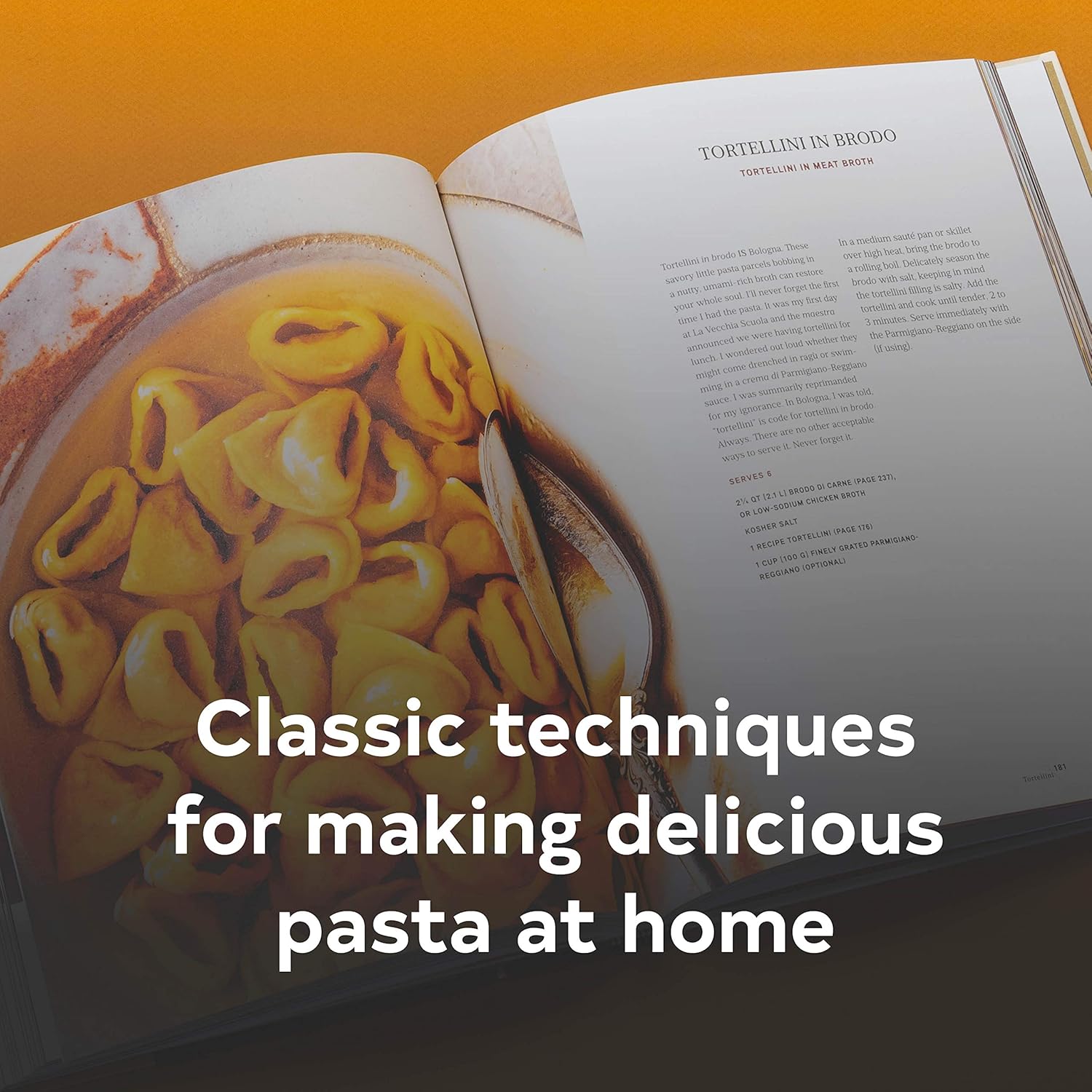
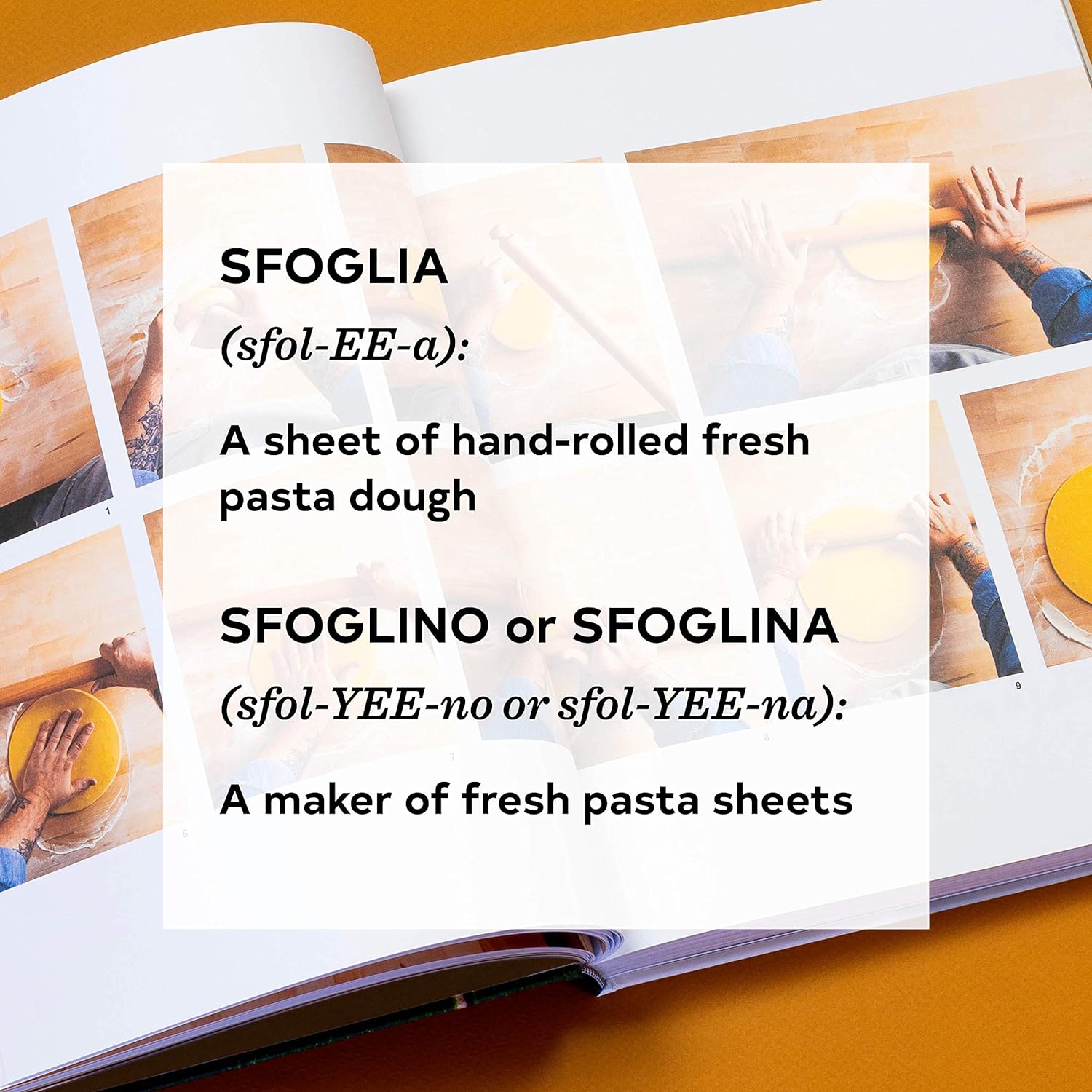
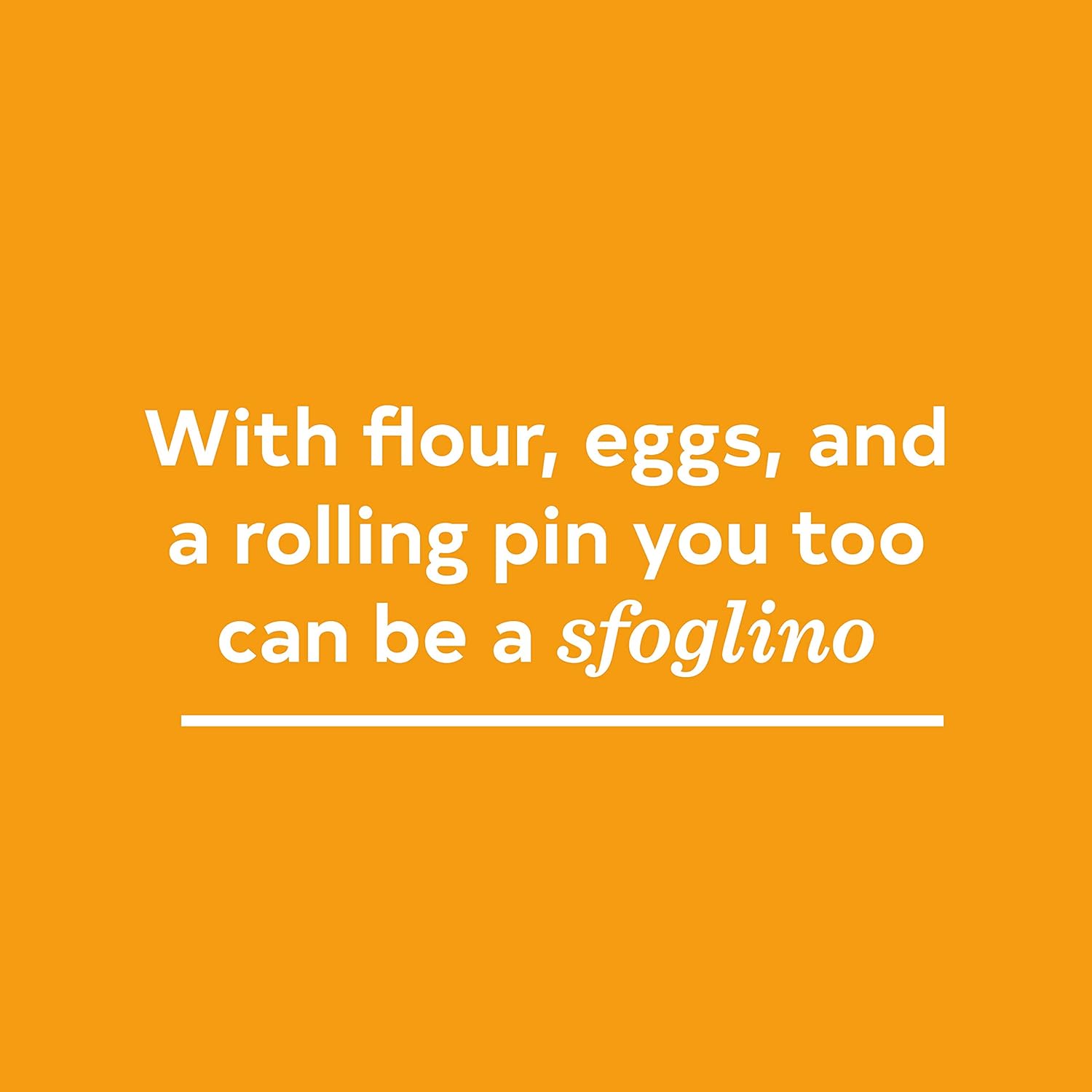

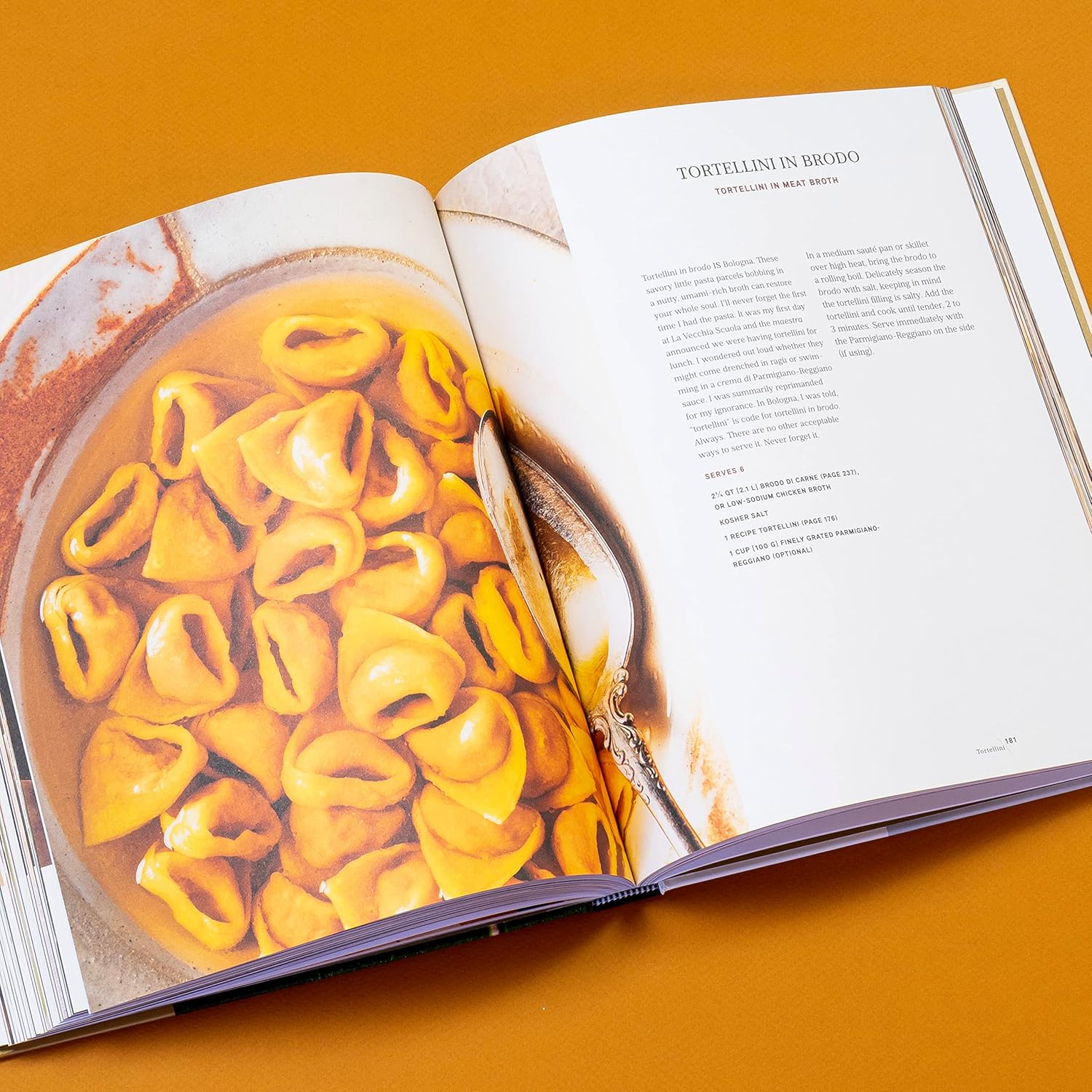
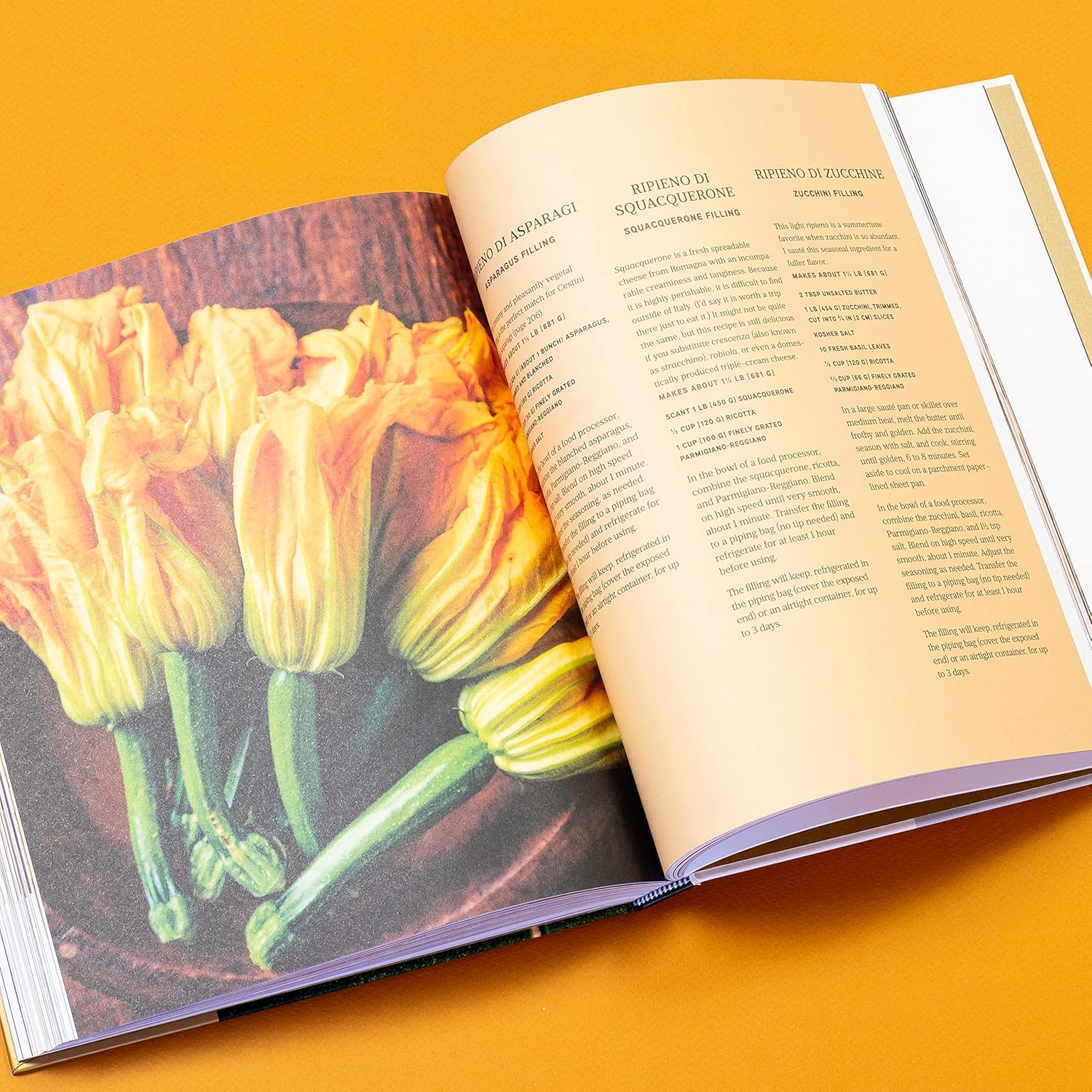
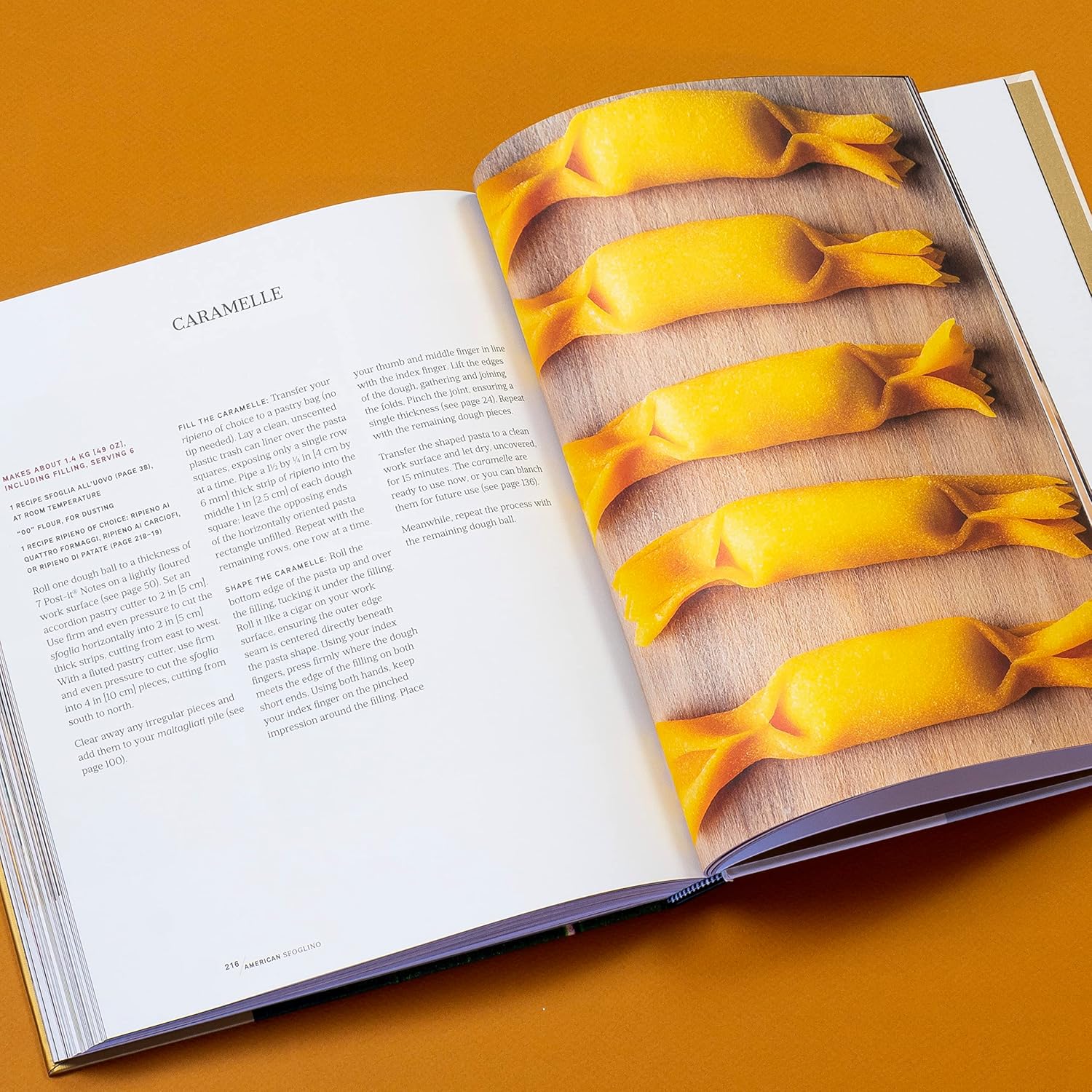
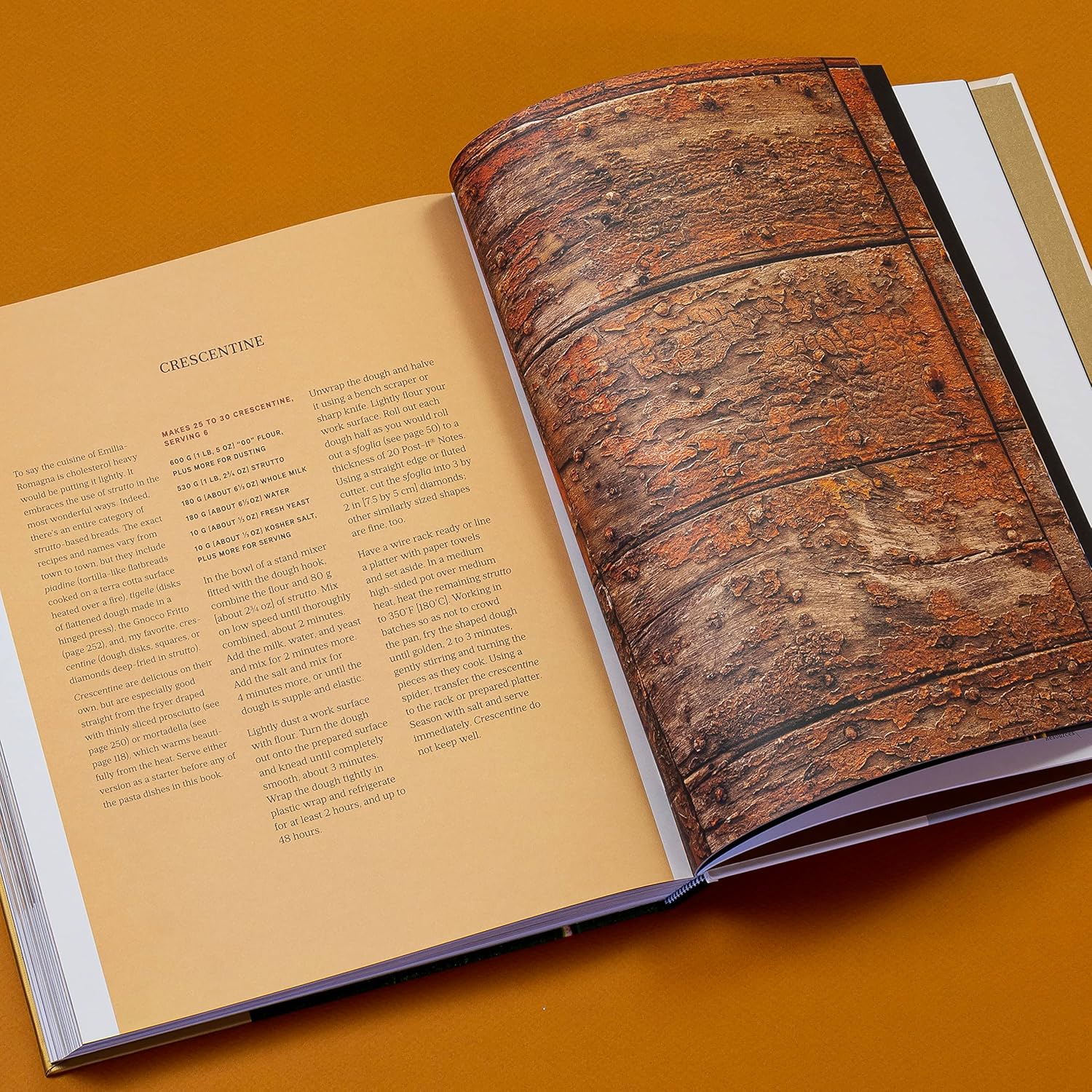
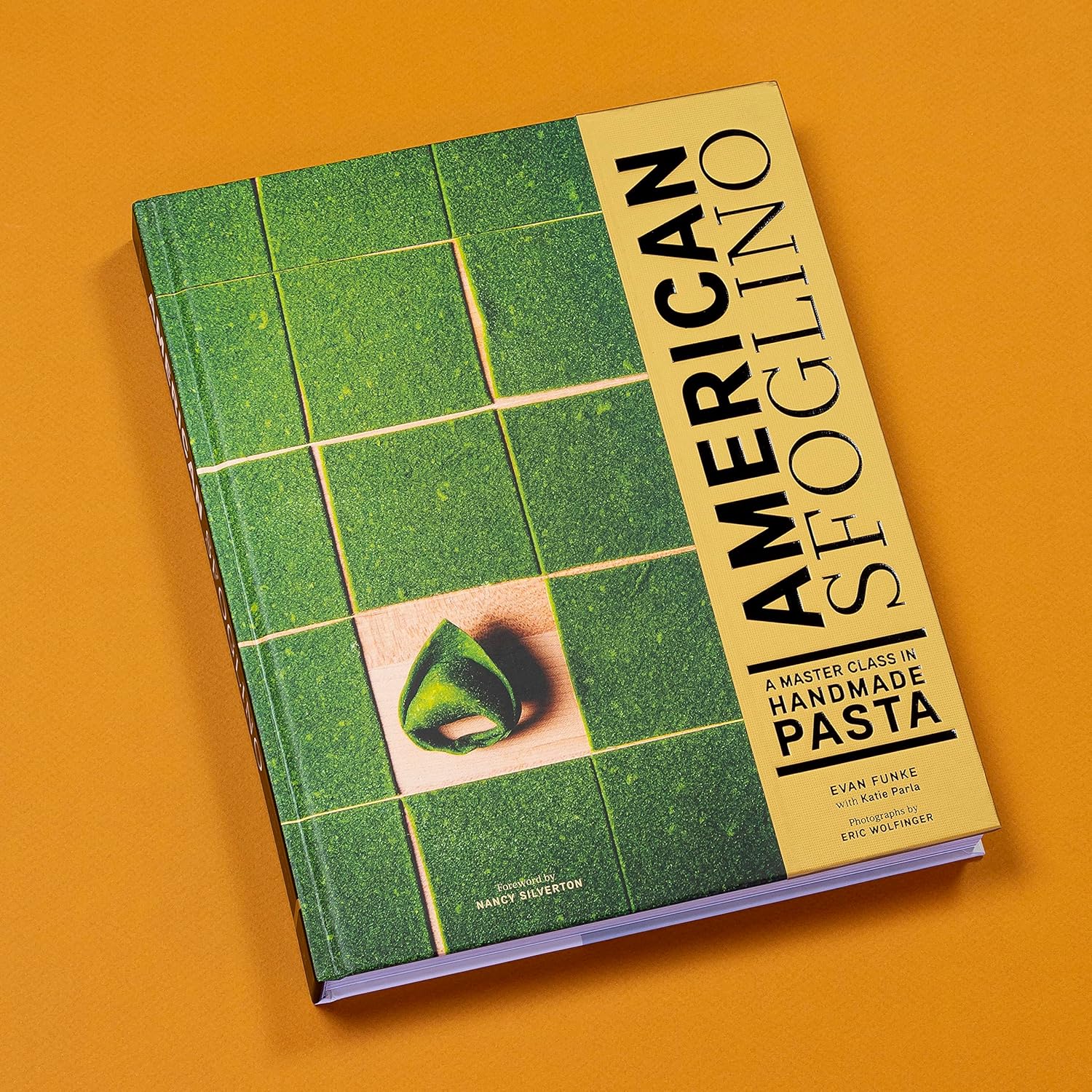
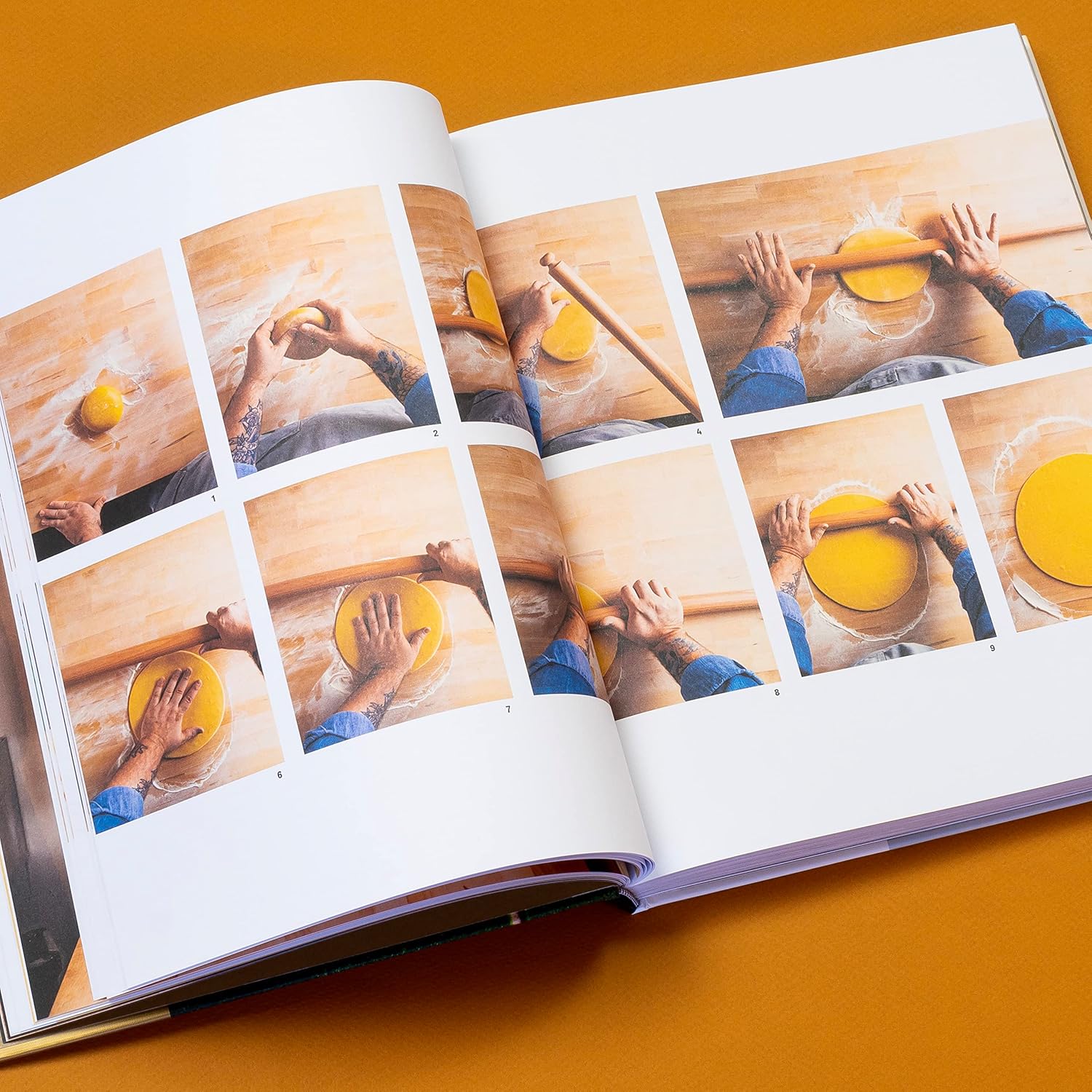

Price: $37.50 - $27.97
(as of Sep 08, 2025 02:32:07 UTC – Details)




